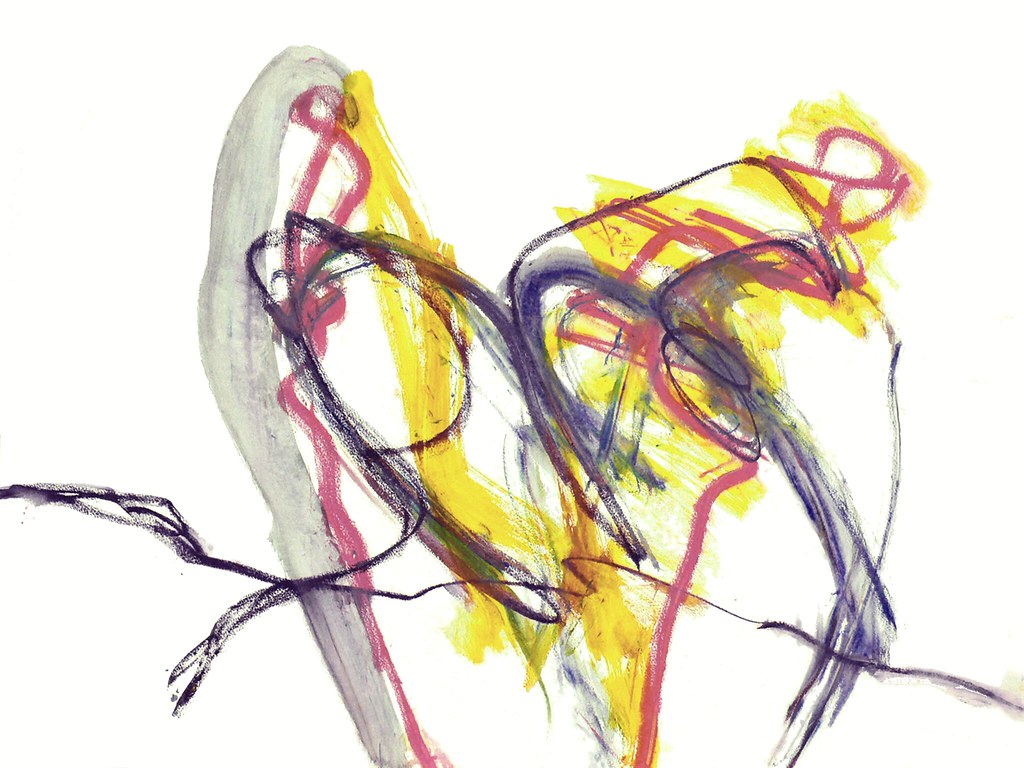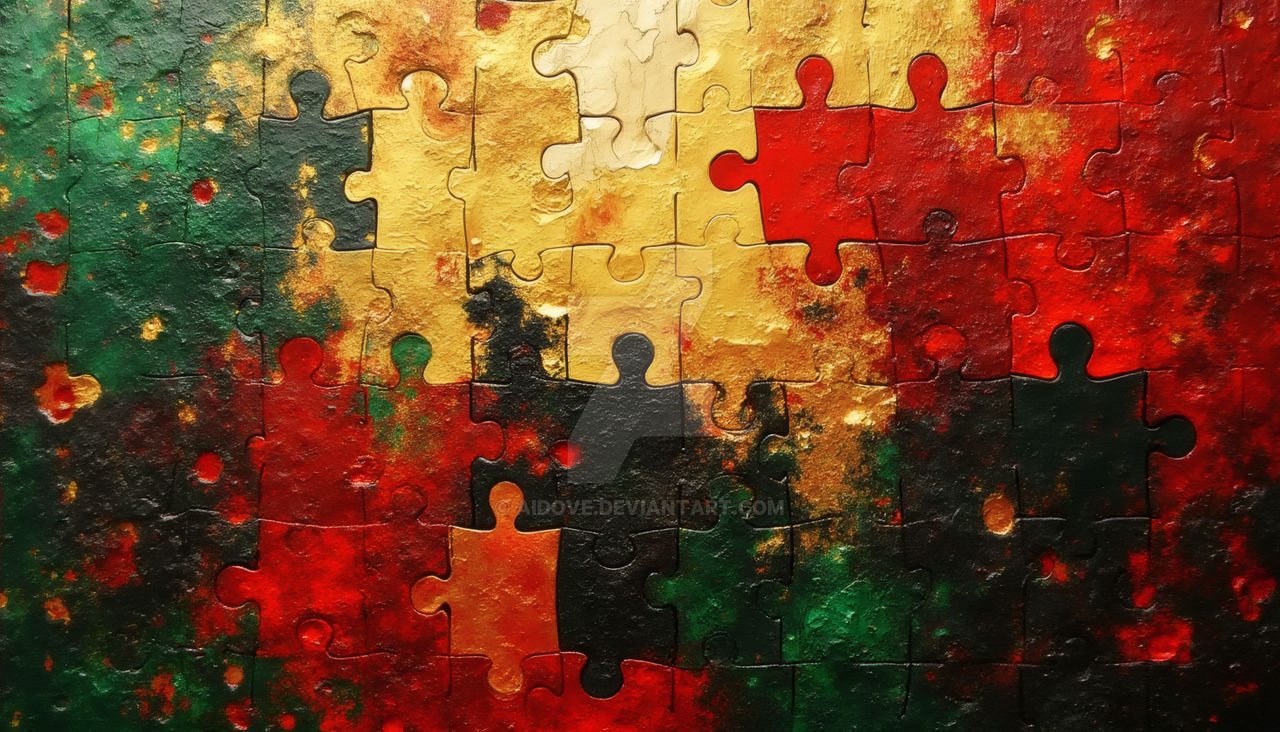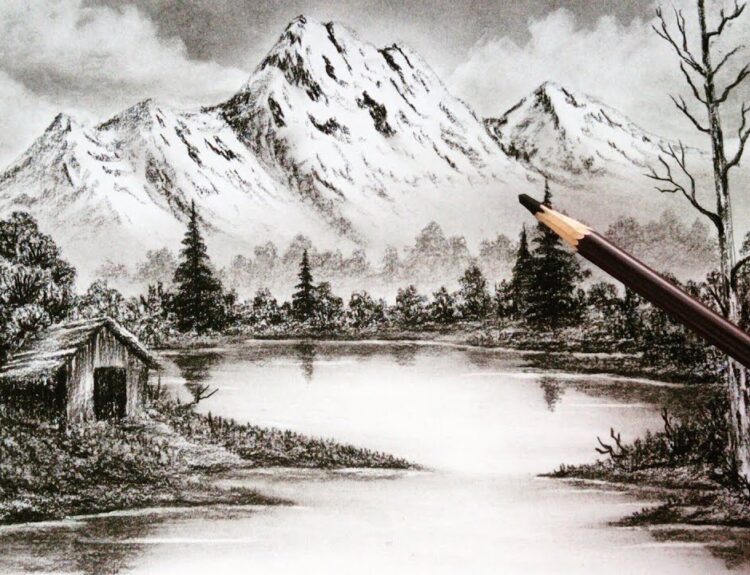Abstract painting often leaves viewers puzzled. “What does it mean?” “Is this even art?” “Couldn’t a child do that?” These are common reactions when people first encounter abstract work. But beneath those vibrant colors, chaotic lines, and non-representational forms lies a rich and fascinating world of intention, emotion, and philosophy.
In this post, we’ll decode the essence of abstract painting, trace its evolution, highlight key artists, and help you connect more deeply with this expressive art form.
What Is Abstract Painting?
Abstract painting is a style of art that does not attempt to represent reality. Instead, it uses shapes, colors, forms, and gestural marks to achieve its effect. While traditional art mimics the physical world—portraits, landscapes, still life—abstract art transcends visible reality.
Some abstract works still hint at forms from the natural world (called semi-abstract), while others are completely non-objective, meaning they don’t reference anything recognizable.
At its core, abstract painting asks: How do colors and shapes make you feel?
A Brief History of Abstract Art
1. The Early Sparks
Though abstraction as a concept existed in ancient cultures (like Islamic and African art), modern abstract painting took off in the early 20th century.
- Wassily Kandinsky, a Russian painter, is often credited with creating the first purely abstract works around 1910.
- He believed art should evoke emotions like music does—without needing a visual subject.
2. Cubism and Beyond
- Pablo Picasso and Georges Braque fractured traditional forms in their Cubist experiments, showing multiple perspectives in one frame.
- This fragmentation opened the door to full abstraction.
3. The Rise of Abstract Movements
Several powerful movements emerged, each redefining the purpose of painting:
- Futurism: Dynamic lines and movement
- Suprematism: Pure geometric shapes (e.g., Malevich’s Black Square)
- De Stijl: Simplified forms and primary colors (think Piet Mondrian)
- Abstract Expressionism: Spontaneous, emotional brushwork in post-war America
Why Abstract Painting Matters
1. It Breaks the Rules
Abstract art frees the artist from the constraints of realism. There’s no need to follow the rules of anatomy or perspective. The canvas becomes a space for raw, uninhibited expression.
2. It Challenges the Viewer
Instead of telling you what to see, abstract art asks you to interpret. Your feelings, memories, and perceptions become part of the artwork’s meaning.
This makes abstract painting a dialogue, not a monologue.
3. It Reflects the Inner World
Artists like Rothko, Pollock, and Helen Frankenthaler poured emotion, philosophy, and personal struggle into their works. You may not “see” sadness in a Rothko painting, but many people feel it deeply.
Common Misconceptions About Abstract Painting
❌ “It’s just random colors.”
- Not true. Abstract painters spend years studying composition, color theory, and balance. Every line and brushstroke has intention—even if it appears spontaneous.
❌ “Anyone can do it.”
- While it may look easy, creating effective abstract art requires mastery of materials, emotion, and form. It’s harder than it seems to create something visually compelling with no concrete subject.
❌ “There’s no meaning.”
- Abstract painting often explores deep concepts—spirituality, chaos, harmony, isolation. The lack of literal subjects doesn’t mean the art is meaningless.

Famous Abstract Painters and Their Contributions
🎨 Wassily Kandinsky
- Often considered the “father” of abstract art.
- Believed in the spiritual power of color and form.
🎨 Piet Mondrian
- Known for grid-based compositions using red, yellow, and blue.
- Believed art should reflect the underlying order of the universe.
🎨 Jackson Pollock
- Pioneer of action painting, where paint was dripped or flung onto the canvas.
- His works are raw, physical, and unrepeatable.
🎨 Mark Rothko
- Created large canvases with floating blocks of color.
- His goal: to make people feel—to bring viewers to a meditative, emotional state.
🎨 Hilma af Klint
- A Swedish artist whose abstract works predated Kandinsky’s.
- Inspired by mysticism and spiritual science.
How to Appreciate Abstract Painting
If you’re new to abstract painting, here are a few ways to connect with it:
👁️ 1. Look Without Labels
Try to avoid asking, “What is this?” Instead, focus on:
- How the colors make you feel
- The energy of the brushwork
- The mood or tone of the piece
🧠 2. Read the Artist’s Intent
Abstract works often come with titles or statements. These can help you understand the theme or idea behind the painting.
🧘 3. Take Your Time
Don’t rush. Abstract painting is meant to be felt over time. Sit with it. Let your eyes wander. You might discover details or emotions you missed at first.
Abstract Painting in Today’s World
1. Digital Abstract Art
Modern technology has opened new doors. Artists now use software like Procreate, Photoshop, and even AI tools to create digital abstract works. These blend traditional techniques with futuristic possibilities.
2. Abstract Murals and Installations
Public spaces around the world feature large-scale abstract works. These add color, energy, and identity to urban environments.
3. Commercial and Therapeutic Use
- Abstract art is popular in interior design for its emotional neutrality and visual appeal.
- It’s also used in art therapy to help individuals express emotions non-verbally.
Abstract Painting vs. Other Art Styles
| Feature | Abstract Painting | Realism | Surrealism |
|---|---|---|---|
| Subject | Non-representational | Life-like subjects | Dreamlike, subconscious |
| Focus | Emotion, form, color | Accuracy, detail | Symbolism, imagination |
| Interpretation | Open-ended | Clearer meaning | Often symbolic or strange |
Can You Create Abstract Art?
Yes—absolutely!
You don’t need to be a trained artist to experiment with abstract painting. Here’s how to start:
- Choose your medium (acrylic, watercolor, digital).
- Pick a few colors that resonate with your current mood.
- Use different tools—brushes, sponges, fingers, even household items.
- Focus on movement rather than outcome.
- Pause and reflect. What do you feel when you look at your creation?
It’s not about impressing anyone—it’s about expression.
Final Thoughts
Abstract painting may not offer recognizable images, but it offers something far more powerful: an emotional, personal, and sometimes even spiritual experience. It invites us to slow down, let go of expectations, and truly feel.
In a world overflowing with information, abstraction gives us space for freedom, interpretation, and imagination.
Whether you’re viewing it or creating it, abstract painting is much more than just shapes—it’s a visual language of the soul.










